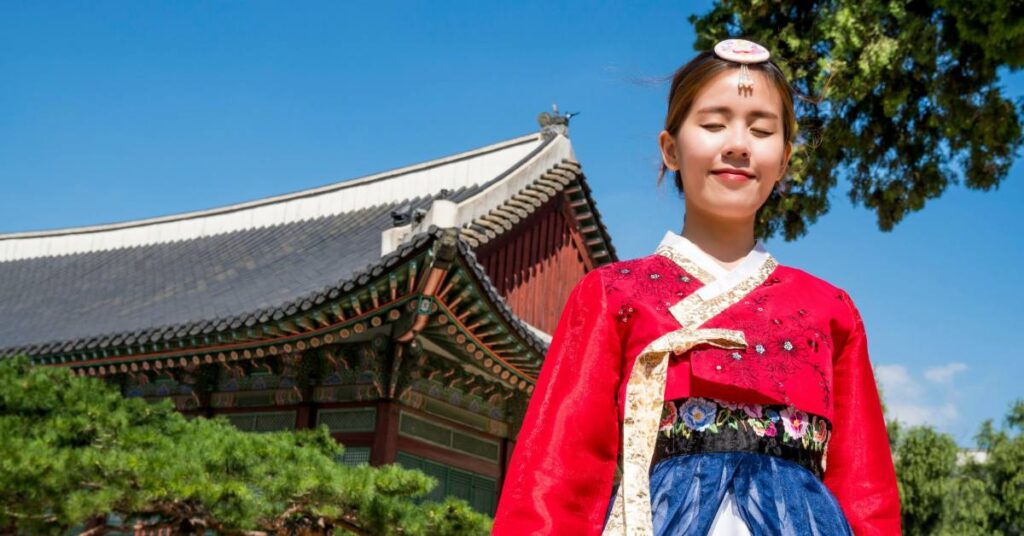In the fast-paced world of fashion, trends come and go in the blink of an eye. But one aspect of fashion that has stood the test of time and continues to inspire modern looks is traditional attire. From traditional Indian sarees to Japanese kimonos, these historical garments have influenced contemporary women’s dress trends in a myriad of ways. There are some versatile fabrics used by many nations, such as silk, cotton, and linen, what has made them so popular and how they have been used in traditional attire
Silk, cotton, and linen are three of the most versatile fabrics that have been used in traditional attire for centuries. Not only do they offer comfort, breathability, and durability, but they also hold cultural significance and are deeply rooted in traditional customs and rituals. Linen, made from the fibers of the flax plant, is another fabric that has been used in traditional attire, especially in the Middle East and Europe. This lightweight and absorbent fabric is perfect for warmer climates, and its natural, earthy tones make it a favorite for traditional linen dresses, such as kaftans and kimonos.
Linen is also known for its ability to be blended with other fabrics, creating a unique and durable material.Silk, made from the cocoons of silkworms, has been highly valued for its luxurious feel and lustrous appearance. In ancient China, silk was reserved for the royal family and was a symbol of wealth and prestige. This luxurious fabric was used to make traditional garments like qipaos and kimonos, which were adorned with intricate embroidery and delicate details. Cotton, on the other hand, has been used in traditional attire in various forms, such as sarees, kurtas, and kaftans.
This breathable, lightweight fabric has been a popular choice due to its ability to keep the wearer cool in hot and humid climates. Its versatility and ability to be dyed in a wide range of colors have also made it a popular choice for traditional prints and patterns. These fabrics have not only played a significant role in traditional attire but have also been adapted for modern fashion. Silk has been used in modern designs to create luxurious evening gowns, while cotton and linen have been embraced by sustainable and ethical fashion brands for their natural and eco-friendly properties.
Table of Contents
Traditional Attire From Around The World
Let’s take a closer look at some of the traditional attire that are still relevant in today’s fashion scene and how they have inspired modern fashion.
Sarees from India
The saree, a long piece of fabric draped around the body, is the quintessential traditional attire for Indian women. It has a history dating back thousands of years and is worn in different styles across various regions of India. This versatile garment has inspired modern fashion designers to create contemporary saree designs, using different fabrics, colors, and draping techniques.
Designers have also incorporated the saree’s intricate embroidery and embellishments into modern silhouettes, such as crop tops and skirts, to add a touch of traditional elegance to contemporary looks. The saree’s popularity has spread beyond India, with many international celebrities donning the garment on red carpets and runways, making it a global fashion phenomenon.
Kimonos from Japan
The kimono, a loose-fitting, traditional Japanese garment, has a long history and holds immense cultural significance in Japan. Originally worn as an everyday garment, kimonos are now mostly reserved for special occasions and ceremonies. However, the kimono’s unique aesthetic and craftsmanship have not gone unnoticed by fashion designers, who have used it as inspiration for modern designs.
In recent years, kimonos have become a popular fashion item, with many fashion brands incorporating the kimono’s silhouette, prints, and intricate details into their designs. From floor-length gowns to short jackets, the possibilities are endless when it comes to incorporating the kimono into contemporary fashion.
Qipao from China
The qipao, also known as cheongsam, is a fitted dress that originated in China and gained popularity in the 1920s. It is characterized by its high neckline, fitted waist, and slits on either side of the dress. The qipao’s elegant silhouette has been a source of inspiration for many modern fashion designers, who have incorporated its form and features into their designs.
From midi-length dresses to high-necked blouses, the qipao’s influence can be seen in modern fashion in the form of similar cuts and details. Designers have also played with different materials, such as lace and silk, to give the traditional dress a contemporary touch.
Kaftans from the Middle East
Kaftans, a loose and flowy garment traditionally worn in the Middle East, have become a staple for beach vacations and resort wear. This comfortable and effortless piece has been around for centuries and has inspired many modern fashion designers to create their versions of the kaftan.
From vibrant prints to luxurious fabrics, modern kaftans come in a variety of designs to suit different tastes and occasions. They have become a go-to option for fashion-forward women who want to incorporate a touch of Middle Eastern fashion into their wardrobe.
In conclusion, traditional attire has played a crucial role in shaping contemporary fashion trends. The rich history, cultural significance, and unique aesthetic of these garments have inspired modern designers to create innovative and fashion-forward looks, while also preserving the heritage and traditions of different cultures. With its timeless influence, traditional attire will continue to inspire and shape the fashion industry for years to come.
Related Articles:
Type of Toddler Girl Dresses Should We Choose Accordingly Fashion Trend


